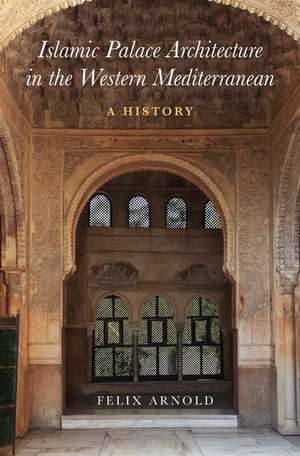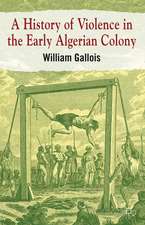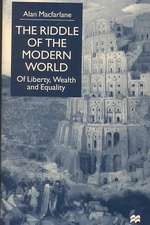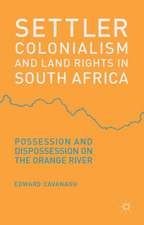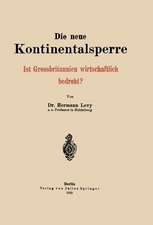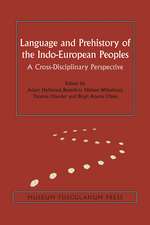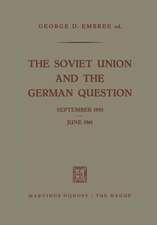Islamic Palace Architecture in the Western Mediterranean: A History
Autor Felix Arnolden Limba Engleză Hardback – 6 apr 2017
Preț: 703.98 lei
Preț vechi: 945.27 lei
-26% Nou
Puncte Express: 1056
Preț estimativ în valută:
134.71€ • 141.29$ • 112.14£
134.71€ • 141.29$ • 112.14£
Carte tipărită la comandă
Livrare economică 21-27 martie
Preluare comenzi: 021 569.72.76
Specificații
ISBN-13: 9780190624552
ISBN-10: 0190624558
Pagini: 382
Ilustrații: 143 line drawings, 31 halftones
Dimensiuni: 157 x 236 x 25 mm
Greutate: 0.7 kg
Editura: Oxford University Press
Colecția OUP USA
Locul publicării:New York, United States
ISBN-10: 0190624558
Pagini: 382
Ilustrații: 143 line drawings, 31 halftones
Dimensiuni: 157 x 236 x 25 mm
Greutate: 0.7 kg
Editura: Oxford University Press
Colecția OUP USA
Locul publicării:New York, United States
Recenzii
This comprehensive book, with hundreds of accurate plans, many of them available nowhere else, is destined to become a standard reference on western Islamic architecture. New archaeological research in the past decade, some of it conducted by the author himself, has provided fresh insights into how architectural form endures or transitions, as well as how architecture is sited with respect to environment. Arnolds meticulously researched, comparative study of 75 palaces provides a thorough, up-to-date survey of palatine architecture in Islamic Iberia and the Maghreb.
This a fascinating tour through the architectural creations through which Caliphs, Sultans and others rulers of the Muslim territories of the Iberian Peninsula and North Africa demonstrated their power before subjects and rivals by refined and luxurious residences. This book allows us, through Arnolds in-depth and thoughtful analysis, to understand the genesis and evolution of this architecture and to revive moments of splendor of a civilization that reached cultural summits in the Middle Ages without comparison in Western Europe.
This a fascinating tour through the architectural creations through which Caliphs, Sultans and others rulers of the Muslim territories of the Iberian Peninsula and North Africa demonstrated their power before subjects and rivals by refined and luxurious residences. This book allows us, through Arnolds in-depth and thoughtful analysis, to understand the genesis and evolution of this architecture and to revive moments of splendor of a civilization that reached cultural summits in the Middle Ages without comparison in Western Europe.
Notă biografică
Felix Arnold is both an architect and archaeologist who has conducted extensive field work in Egypt, Spain and Syria. As a senior research fellow of the German Archaeological Institute in Cairo, he currently directs excavation projects at Córdoba (Spain), Dahshur, and Elephantine (Egypt).
